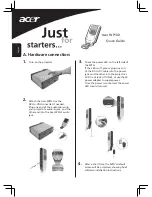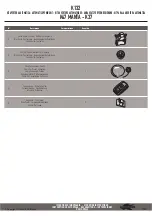
Table 8-2: Extended SDI-12 commands for the CS475A
Command name
Command
format
Sensor
response
Configuration by sensor
aXRN2!
– Read Number of M2 Measurements
aXWN3=nnn!
– Write Number of M3 Measurements
aXRN3!
– Read Number of M3 Measurements
aXWIT=ii!
– Write Integration Time
aXRIT!
– Read Integration Time
aXFES=xxx.xx!
– False Echo Suppression
aXWMR=xxx.xx!
– Write Measuring Range
aXRMR!
– Read Measuring Range
aXWAF=x!
– Write rising amplitude averaging factor
aXRAF!
– Read rising amplitude averaging factor
aXWAS=x!
– Write falling amplitude averaging factor
aXRAS!
– Read falling amplitude averaging factor
aXWFR=xxx.xx!
– Write width focusing range
aXRFR!
– Read width focusing range
aXRCS!
– Read Configuration Summary
aXATZ!
– Reset To Factory Defaults
aXTEST!
– Continuous Output at 1 Hz
aXHELP!
– Display Command List
1
Number of measurements for
M2!
and
M3!
commands are NOT returned in this summary.
2
The rising and falling amplitude averaging factor should not be changed for most applications. With a setting of
0, there will be no signal processing and the data set will be very noisy. A setting of 5 increases the signal
processing and is used to find the actual echo from the water.
8.5 SDI-12 measurement commands
The data logger can send three categories of measurement commands to the CS475A using the
SDI12Recorder()
instruction. The two main categories of measurement commands are the
Start Measurement (
aMb!
) and Start Concurrent Measurement (
aCb!
) commands. The
measurement sequences for both types of commands are explained below.
CS475A Radar Water Level Sensor
37
















































